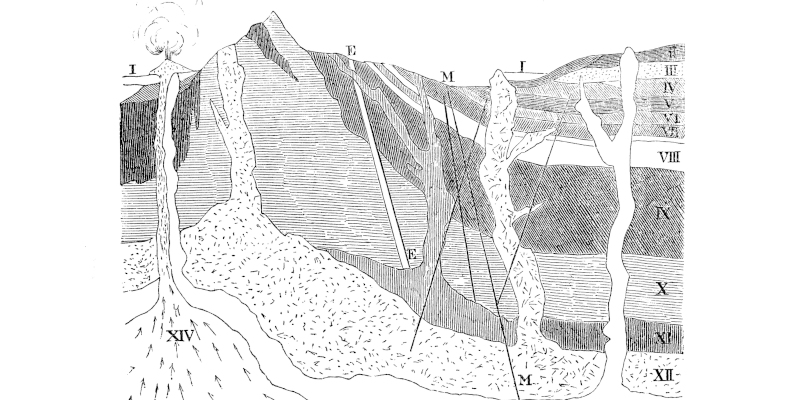Our understanding of the enormous complexity of our environment can be greatly advanced by using powerful tools like numerical modeling. It’s becoming increasingly popular in research due to its ability to consider numerous variables simultaneously while providing detailed insights. Below, we will explore its benefits.
1. Increased Efficiency
Firstly, numerical modeling can drastically improve efficiency in research. Instead of conducting hundreds or even thousands of experiments, it allows researchers to quickly simulate the behavior of complex systems with minimal effort and time. Furthermore, it eliminates potential errors from manual testing and analysis.
2. Better Results
Furthermore, numerical modeling can help researchers to produce more accurate results. Equations can be resolved more quickly and precisely, making predicting how complicated systems will behave simpler. This ultimately leads to improved accuracy of results, allowing researchers to draw better conclusions from their experiments.
3. Enhanced Visualization
In addition, numerical modeling allows researchers to visualize their results better. Complex equations can be visualized in 3D models, and simulations can be watched as they unfold. This makes it easier to identify patterns and trends that would have been impossible to discover without numerical modeling.
4. Cost Savings
Finally, numerical modeling can help researchers to save on costs. Running experiments with precision and accuracy is usually quite expensive, and it is a time-consuming process. But with the help of numerical modeling, this cost can be greatly reduced, allowing researchers to focus their resources on other areas.
Overall, the benefits of utilizing numerical modeling are clear – improved efficiency, enhanced accuracy of results, and better visualization. It’s an invaluable tool that can help researchers explore our world’s vast complexities while finding new ways to advance scientific discovery.










